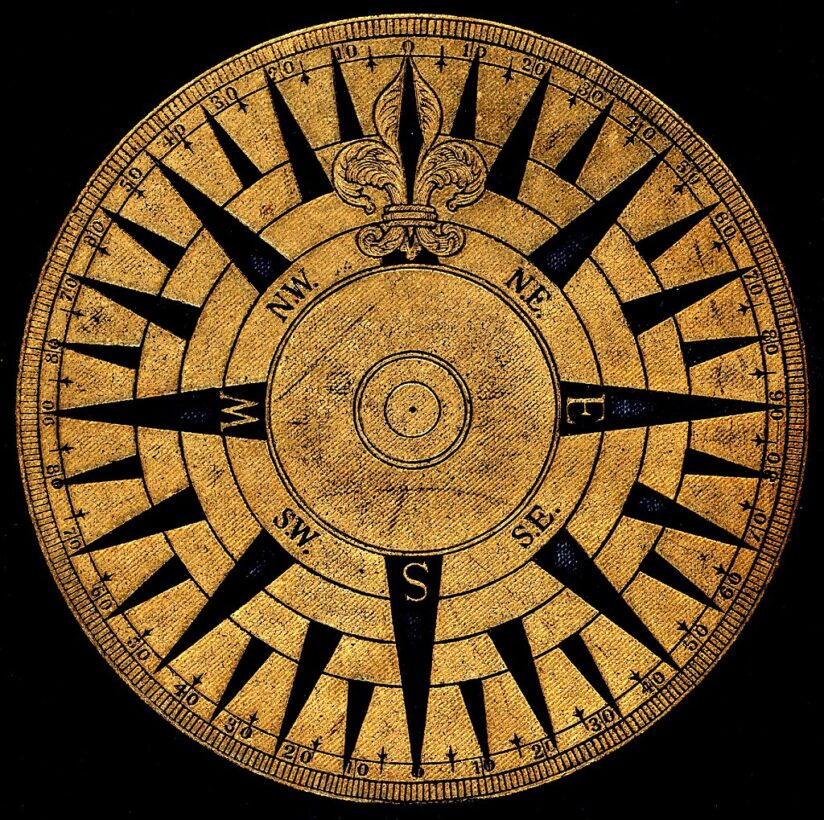The Earth is akin to a large magnet with North and South poles and a magnetic field running between them, providing the basis for the most fundamental piece of direction-finding equipment — the magnetic compass.
Largely supplanted by GPS and other global navigation satellite systems that provide positioning and navigation information, the standard magnetic compass still has a place in aviation, especially in general aviation but also as a reliable backup in all aircraft in case of electrical failure.
It is believed that the Chinese were the first to develop a magnetic compass over 2,000 years ago. A magnetized needle was allowed to float or spin freely and, because of the Earth’s magnetic charges, always pointed north. Technically, the needle on a magnetic compass is not directly pointing toward the magnetic North Pole but is aligned with the local magnetic field lines that surround the globe and are generally north-south lines.
Earth’s magnetism is primarily generated w…




